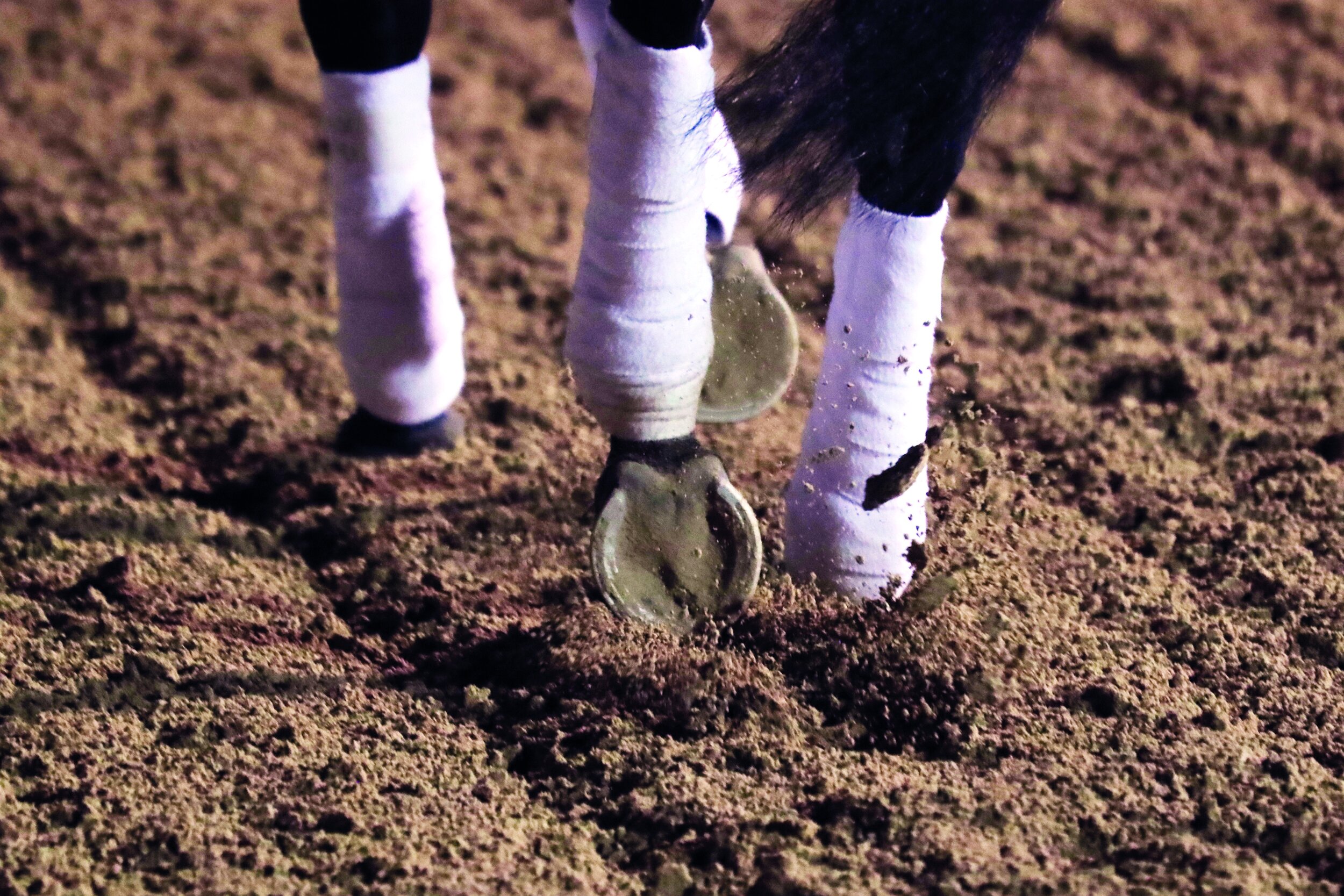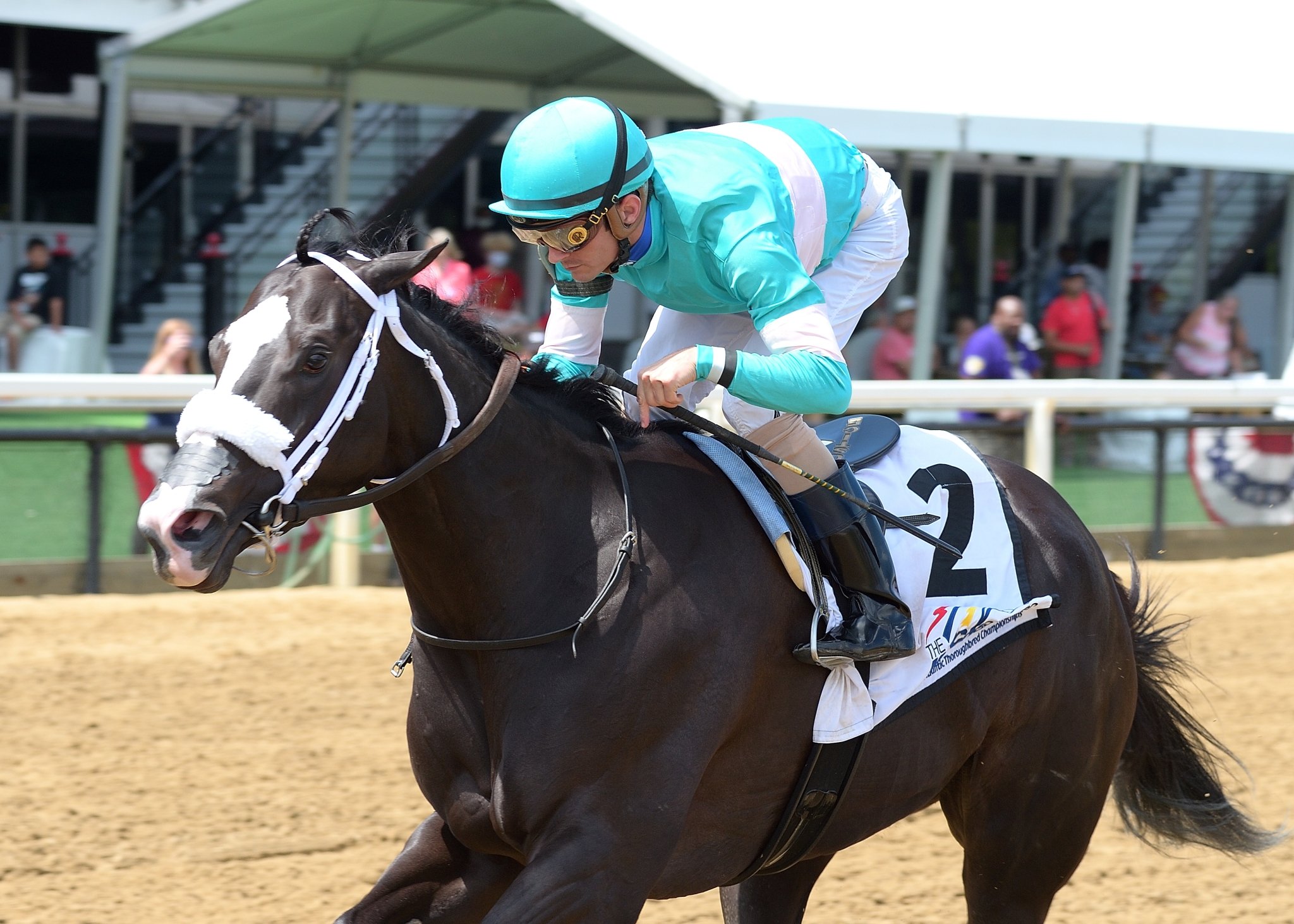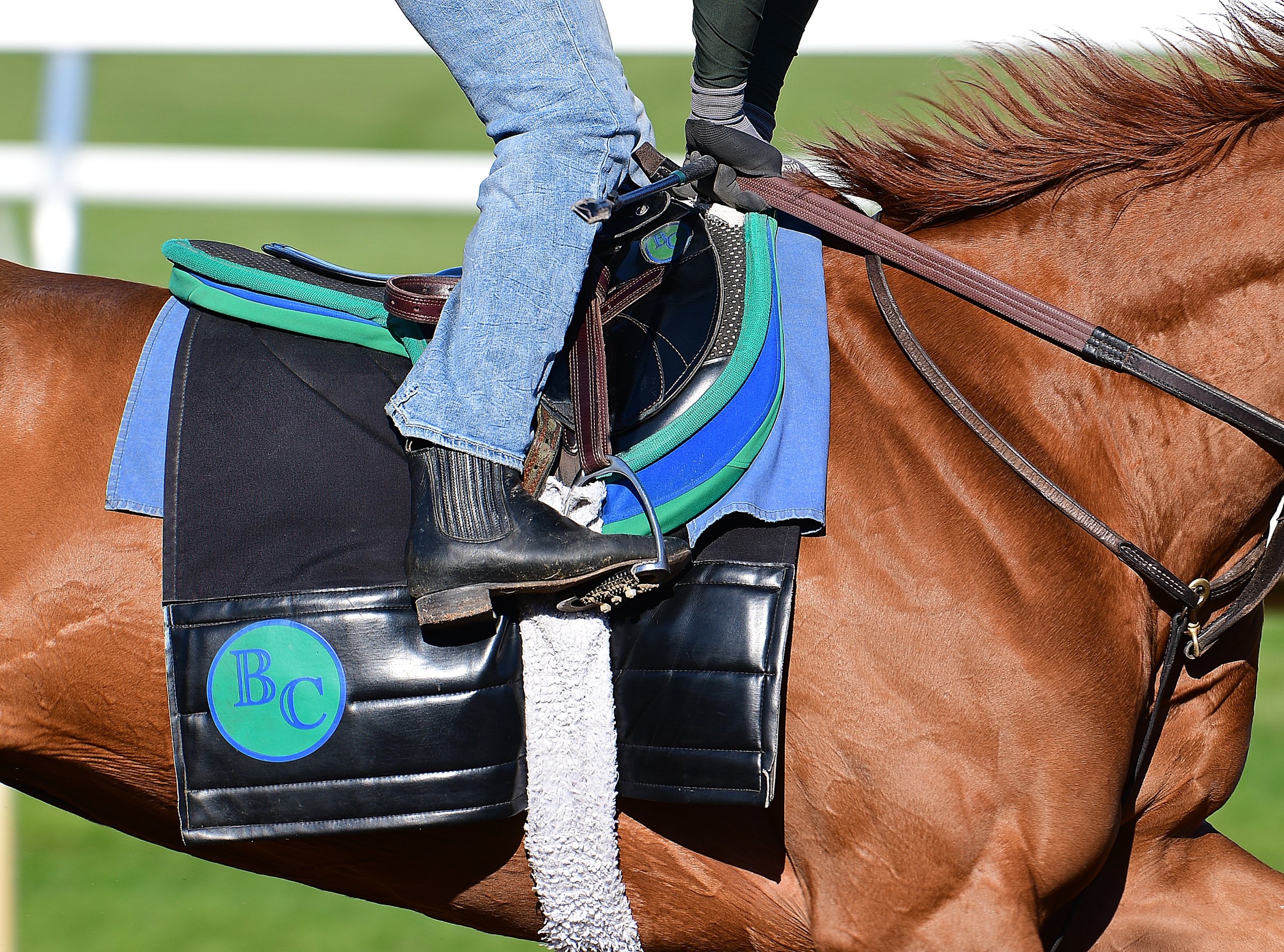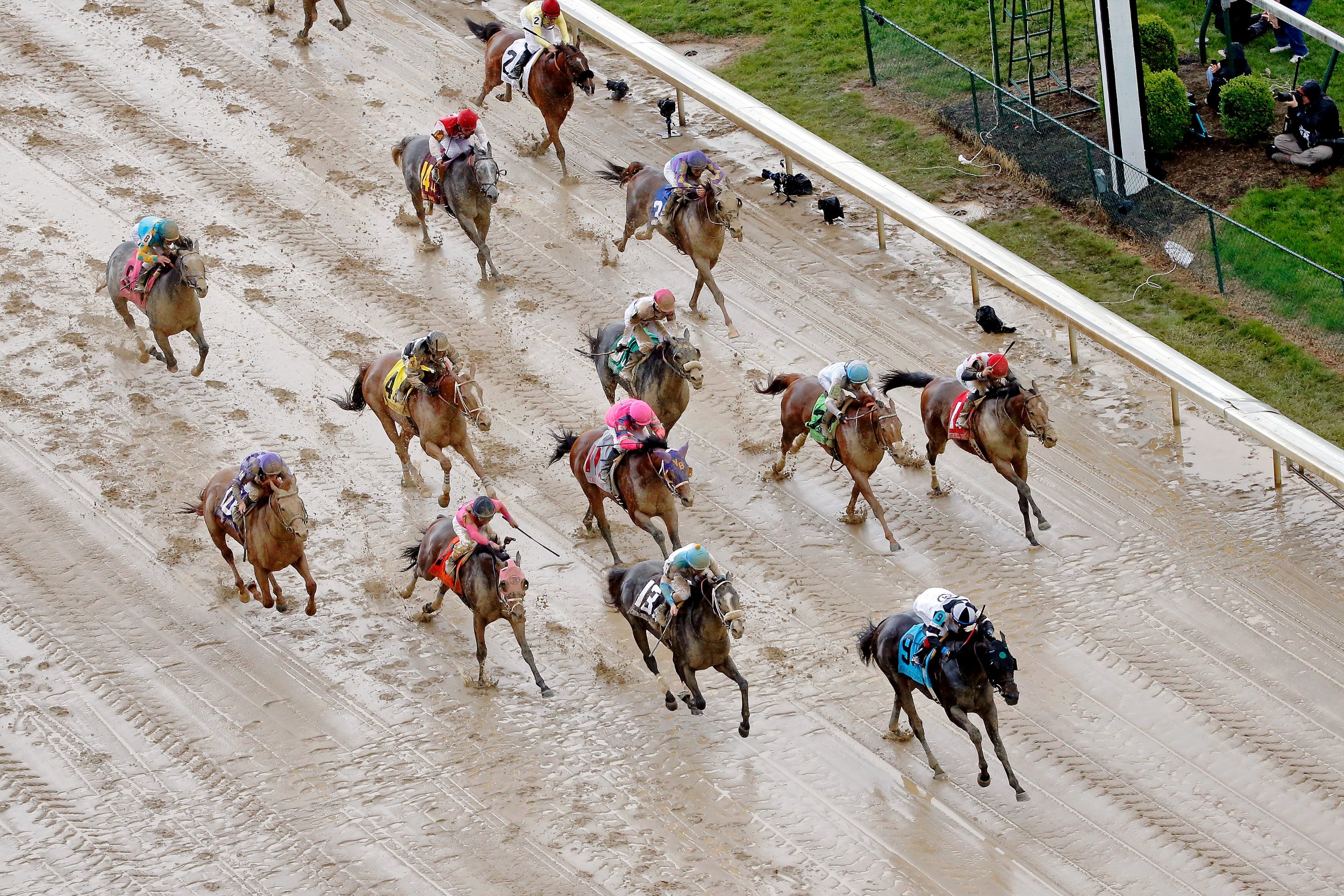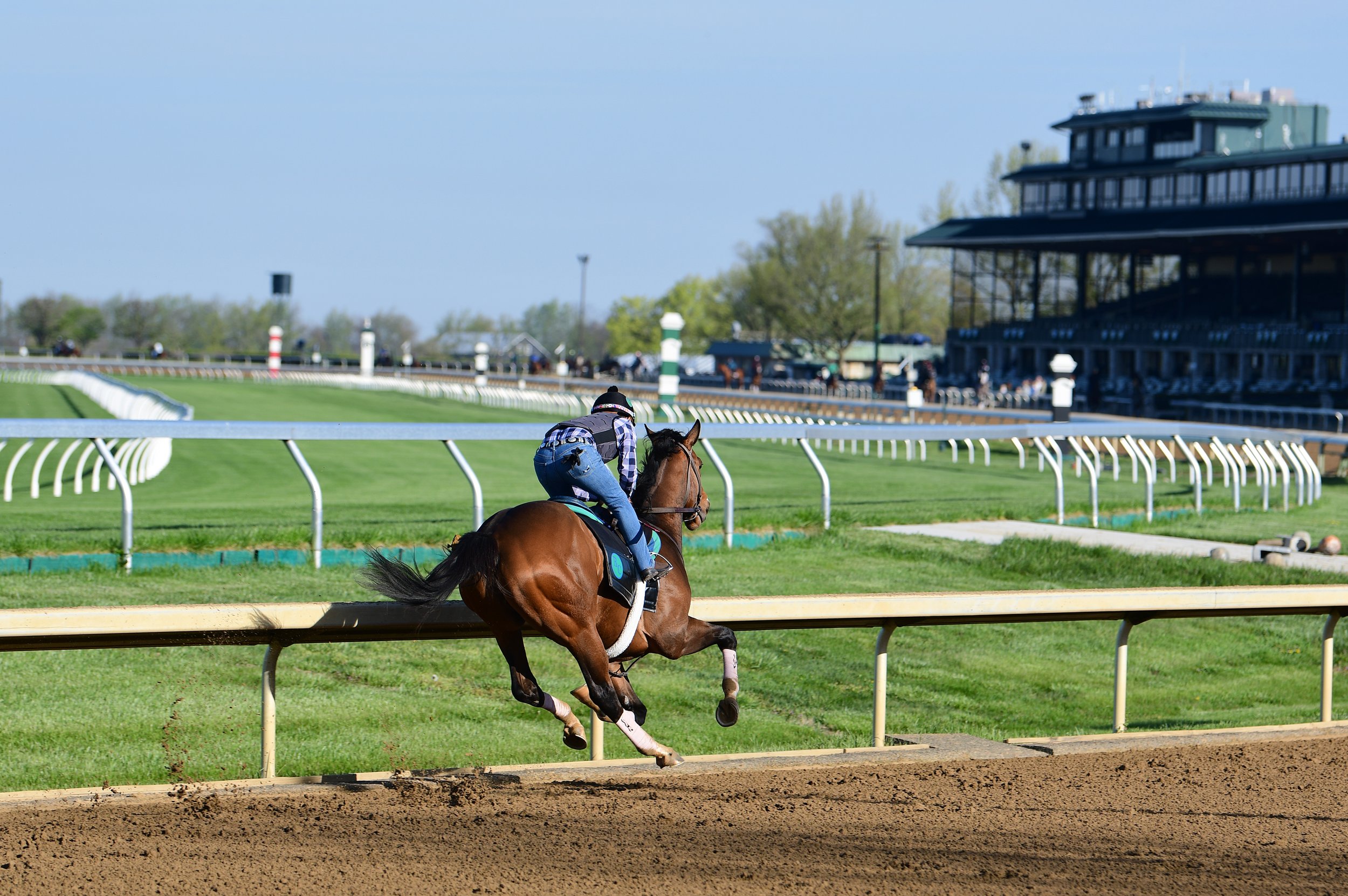Graded Stakes Winning Owners - Master Piece & O'Connor - Michael & Jules Iavarone
/Article by Bill Heller
Is success more enjoyable the second time around? Michael Iavarone is finding out, on the racetrack, where he has reunited with trainer Rick Dutrow, Jr., and off.
Dutrow is making his own return following a 10-year suspension for drug violations.
Off the track, Iavarone has rebuilt his own business after being nearly wiped out. “It took me a couple of years,” he said. “I built a bigger business than what I had.”
Iavarone’s love of horseracing traces back to growing up in Bethpage, Long Island, when he and his father fell in love with racing at Roosevelt, then the best harness track in the country with weekend crowds in the 20,000’s. “I loved it so much,” Iavarone said. “I remember it vividly. We’d eat in the Cloud Casino.”
In 1985, Iavarone and his father attended the second Breeders’ Cup at Aqueduct Racetrack, where he saw flawless victories by two incredible turf starts, Pebbles in the Turf and Cozzene in the Mile. “I was 15, and that just hooked me. Pebbles and Cozzene. It was something that always resonated with me. It never left.”
While he built a career as an accomplished investment banker, he began to dabble with Thoroughbreds. On September 28th, 2002, at Belmont Park, Iavarone claimed the New York-bred gelding Toddler for $75,000. He finished fifth in that race.
Iavarone entered him in the $250,000 Empire Classic for New York-breds. Sent off at 49-1, he finished last in the field of 12, beaten 43 ½ lengths. “It was my first race ever,” Iavarone said. “He was dead last. Got beat nearly 50 lengths. I realized you really needed money to do it.”
So he formed International Equine Acquisitions Holding (IEAH) the following year. Based in Garden City, Long Island, the business operated as a hedge fund with horses as the major asset. Iavarone was the co-CEO with Richard Schiavo, who oversaw administration. Major funding was provided by James Tagliaferri, who ran an asset management company, TAG Virgin Islands. Iavarone was responsible for all equine affairs. Initially, IEAH used four trainers, Dutrow, Dominick Schettino, John Terranova and Donald Chatlos Jr.
Although IEAH would campaign several top runners including Benny the Bull, the 2008 Eclipse Award Champion Sprinter, and Grade 1 winners Kip Deville, I Want Revenge, Court Vision and Breeders’ Cup Juvenile Fillies winner Stardom Bound, it will always be linked to Big Brown, a phenomenal horse who won seven of eight starts, including four Grade 1’s in 2008, the Florida Derby, Kentucky Derby, Preakness Stakes and the Haskell Invitational. IEAH was part of a partnership ownership of the son of Boundary out of the Nureyev mare Mien.
Trained for his first start by Pat Reynolds, Big Brown won his maiden debut by 11 ¼ lengths at Saratoga on the grass at odds of 14-1 under Joe Bravo. He was switched to Dutrow’s barn to prepare for his three-year-old season. Hall of Fame jockey Kent Desormeaux would ride Big Brown in all of his seven subsequent starts.
Dutrow called Big Brown “nothing but fun.”
All of Big Brown’s connections had nothing but fun as he won the Florida Derby by 12 ¾ lengths, the Kentucky Derby by 4 ¾ lengths despite breaking from the extreme outside post in the field of 20 and the Preakness Stakes by 5 ¼.
He would go off at 3-10 in the field of nine in the Belmont Stakes and not even finish the final leg of the Triple Crown.
“Coming out of the Preakness, he was fine,” Iavarone said. “He always had problems with his feet. He had glue-on shoes. He developed a real sore spot at the edge of the corona. We decided not to work him. When you don’t do the work, everyone notices. It turned into an abscess. It took away three days from training. As probably the most famous horse, PETA was calling all day long to not race him in the Belmont.”
The morning of the Belmont Stakes turned very weird. “It’s nine o’clock, and I’m in the shower,” Iavarone said. “I got out and went to the door. There are two guys with badges saying they’re the FBI. They show me a letter that had been sent from an unidentified person saying Rick Dutrow and me would be shot in the head if anything goes wrong with Big Brown. I called Rick. He didn’t care. I had two young kids with me. We had two FBI agents with us all day long, everywhere.”
The afternoon was worse than the morning. When Desormeaux walked Big Brown out of the horse tunnel at Belmont Park and onto the track for the post parade, he looked unbelievably upset. Breaking from the rail, Desormeaux pulled him suddenly to the far outside, and, instead of rallying, he kept getting farther away from the leaders. Desormeaux pulled him up and they walked slowly back to be greeted by his connections, all of them wondering what had happened.
“When he pulled up, I went running,” Iavarone said. “The FBI was running behind me. We go back to the barn. He was fine. Sound as a button. We don’t know why Kent pulled him up. He said, `I knew he was going to finish last. Why push him?’”
And the FBI presence? “To this day, we still don’t know about the threat,” Iavarone said.
Dutrow helped Iavarone place the Triple Crown in perspective. “Rick said, `We still won the Kentucky Derby and Preakness,’” Iavarone said. “That day was more difficult for the horse than it was for us, because he didn’t get the recognition he deserved.”
Big Brown bounced back to win the Grade 1 Haskell Invitational by 1 ¾ lengths and the $500,000 Monmouth Turf Stakes by a neck.
Iavarone has much more pleasant memories at Belmont Park thanks to the Cornell Ruffian Equine Hospital right across the street. IEAH built the facility, the only full-service equine hospital on Long Island. “It started with me having a horse needing to ship to New Bolton (in Kennett Square, Pennsylvania) for colicking and we had trouble getting a van,” Iavarone said.
The hospital opened in 2009, closed in 2011 due to financial difficulties and was sold to Cornell University and renamed in 2014. “We built it and it became very complicated,” Iavarone said. “We couldn’t own the facility. We had to lease the facility. It became very hard. So when Cornell came to us about buying it, I saw a chance. I sold it to them. I’m very proud of it.”
IEAH had bigger problems.
Tagliaferri had been investing money on behalf of its clients and receiving kickbacks disguised as consulting fees. In 2014, Tagliaferri was found guilty of investment advisor fraud, securities fraud and wire fraud causing his clients to lose $50 million. Iavarone was never charged with a crime, but felt the effects as IEAH folded.
“It just turned into a disaster,” Iavarone said. “He wiped out about 90 percent of my personal wealth. We liquidated horses and sold the hospital. It sent me in the wrong direction. I was living a great life. I had to go back to my roots.”
When he rebuilt his business, he felt comfortable to return to racing. He became a partner on Next Shares, a Grade 1 stakes winner who bankrolled nearly $1.9 million, and now owns 18 horses including his recent graded stakes winners Master Piece and O’Connor.
And he’s reunited with Dutrow, who scored one of the most meaningful victories in his career when White Abarrio won the 2023 Breeders’ Cup Classic. “Rick and I have been friends forever,” Iavarone said. “Taking 10 years from a guy’s life? At the end of the day, I hope he learned a lesson. He’s a completely changed person now. The suspension humbled him.”
Dutrow said, “I had a ball training for Mike. He’s got a great personality. I will like anybody in the world who sends me horses like he does. He’s got to send me more horses.”







